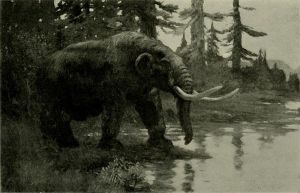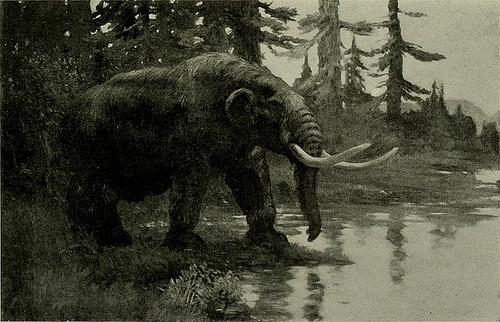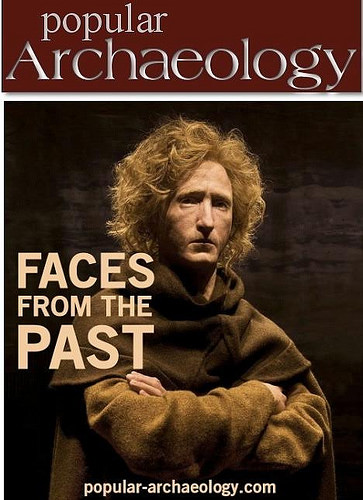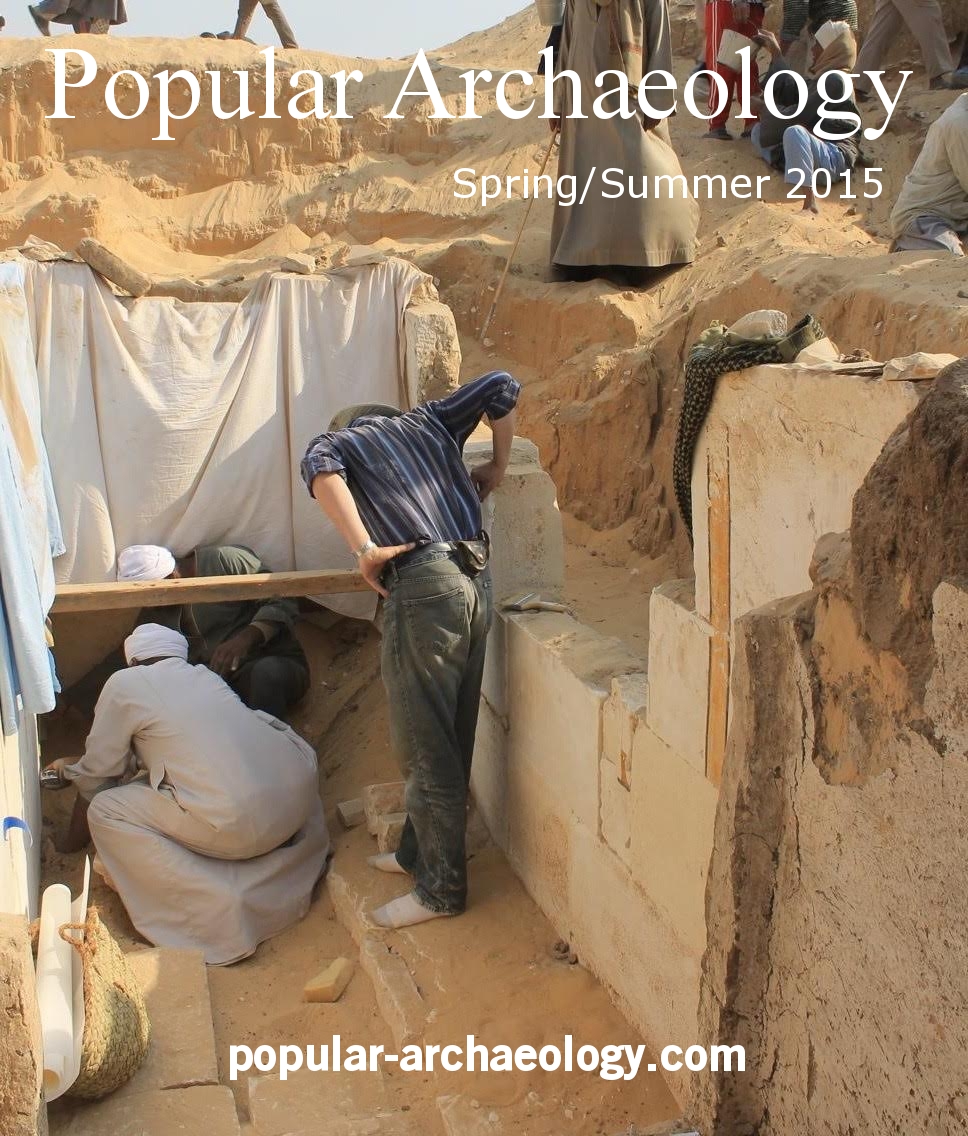
AMERICAN ASSOCIATION FOR THE ADVANCEMENT OF SCIENCE—A detailed analysis of mammoth teeth from around the globe suggests that the first mammoth species to arrive in North America was much more evolved than previously thought. While the evolutionary origins of Eurasia’s mammoths are established, much less is known of Columbian mammoths, the species that later resided in North America. It’s currently believed the earliest mammoths arrived in North America between 1.5 to 1.3 million years ago (MYA), and that these early settlers were of “primitive” morphology, with a closer relationship to the mammoths found in Europe, M. meridionali, than to their more advanced counterparts from eastern Asia, M. trogontherii. This would suggest that primitive mammoths migrated across the Bering Land Bridge into North America, as well as into Europe, before further evolving into different species within their respective continents. Studies of mammoth evolution often rely on the nature of molar teeth to determine divergence between species. However, Adrian Lister of the Natural History Museum, London, and Andrei Sher of the Severtsov Institute of Ecology and Evolution, Moscow, note that previous studies do not account for the wear and tear that occurs over the mammoth’s lifetime, and weakening of the teeth as the molars shift from the back of the mouth to the front. After adjusting for these factors, the authors believe that the more evolved M. trogontherii first crossed the Bering Land Bridge 2 to 1.5 MYA and later evolved into the species of Columbian mammoths. The Eurasian woolly mammoth followed suit later, residing in an area north of the Columbian mammoths for some time before the two animals’ ranges overlapped, perhaps leading to interbreeding, the authors suggest.
_______________________________________
Columbian mammoths and the Eurasian wooly mammoths may have interbred to form a uniquely North American mammoth.
___________________________________________________
Archaeological evidence obtained through research and excavation have shown that North American mammoths were hunted by humans during the latter millenia of the mammoths’ presence on the continent, perhaps contributing to the mammal’s eventual extinction.
The detailed paper by Lister and Sher appears in the 13 November 2015 issue of Science.
Source: Edited and adapted from a AAAS press release
Mammoth image: American Museum of Natural History, Internet Archive Book Images, Wikimedia Commons
________________________________________________
In addition, the latest Popular Archaeology ebook is now available.
______________________________________________
Travel and learn with Far Horizons.
____________________________________________
This richly illustrated issue includes the following stories: Two remarkable discoveries that are shedding light on human beginnings in Africa; a traveling exhibit and an archaeological site that show how knowledge is more valuable than gold; a Spanish cave and a unique burial that are offering a tantalizing glimpse on the lives of Ice Age hunter-gatherers in Europe; the stunning visual reconstruction of an ancient Roman town; enlightening new finds at a remarkably well-preserved site of ancient Hellenistic-Roman culture overlooking the Sea of Galilee; rare finds that are shedding light on occult practices among ancient Greeks in Sicily; and an overview of the overwhelmingly rich archaeological heritage of Britain. Find it on Amazon.com.










